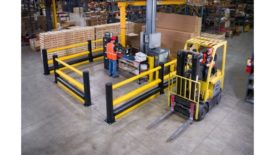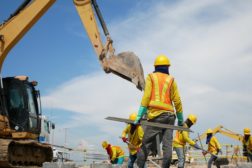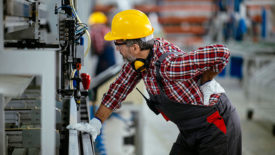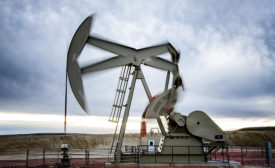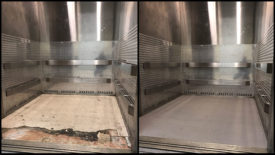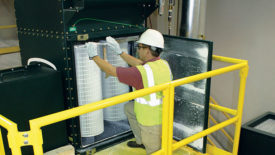Facility Safety
Investigation into amputation finds Texas employer again ignored machine safety procedures
OSHA proposes fines of $227K to Carpenter Co. for willful, repeated safety violations
July 20, 2022
You can’t afford a slip-and-fall
Evaluate high-risk walking surfaces to reduce hazards
July 14, 2022
Never miss the latest news and trends driving the safety industry
eNewsletter | Website | eMagazine
JOIN TODAYCopyright ©2024. All Rights Reserved BNP Media.
Design, CMS, Hosting & Web Development :: ePublishing
